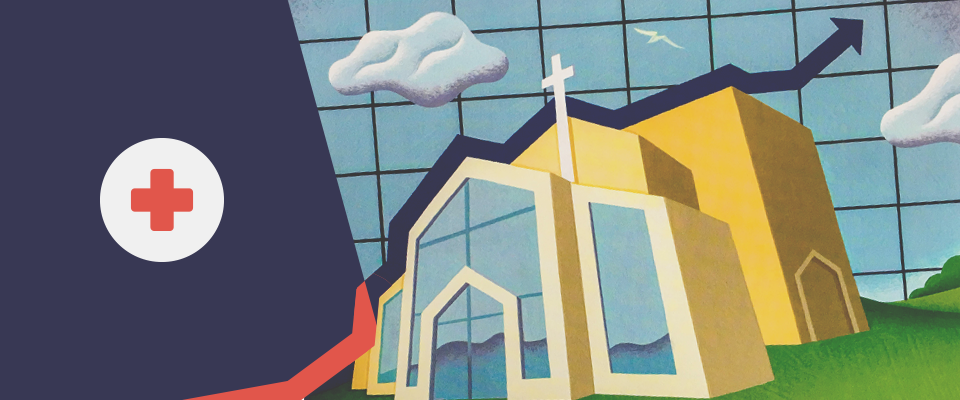Part 1: Be Prepared for the Unexpected.
Financial stability is essential for long-term growth. One key measure of financial stability is having a financial cushion—a cash reserve.
A church cash reserve is not unlike our personal need for an emergency fund. An emergency fund can help offset a job loss, medical emergency, and a large range of other unexpected expenses. A healthy church cash reserve can help cover fluctuations in giving, unexpected building repairs, and other unforeseen expenses.
Building Church Cash Reserves
At minimum, designate 5-10% of your church budget to build your cash reserves and increase your financial health. The first goal, similar to your personal emergency fund, would be to achieve three to six months of operating costs set aside for emergencies. Once that goal is reached, continue saving towards future church goals. These goals may include adding additional community outreaches, expanding church staff, or if you are outgrowing your current facilities, you may be considering building or remodeling.
Investing Church Cash
As you continue to build your church cash reserves, recognize that you can also grow the funds by investing it. As demonstrated through the parable of the talents in Matthew 25, we are all called to be good stewards of that which we have been entrusted.
Whether the decision to invest is made by the pastor or the church board, consider there is an additional fiduciary responsibility to the church to be a good steward of the funds. A best practice for churches is a low-risk approach that can provide both growth and liquidity. Watch for Part 2 of this series that will discuss what to look for in an investment for your ministry.



